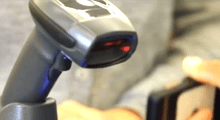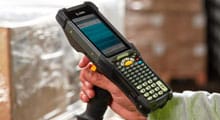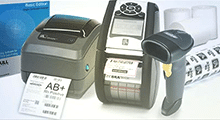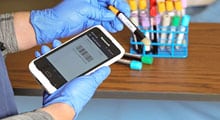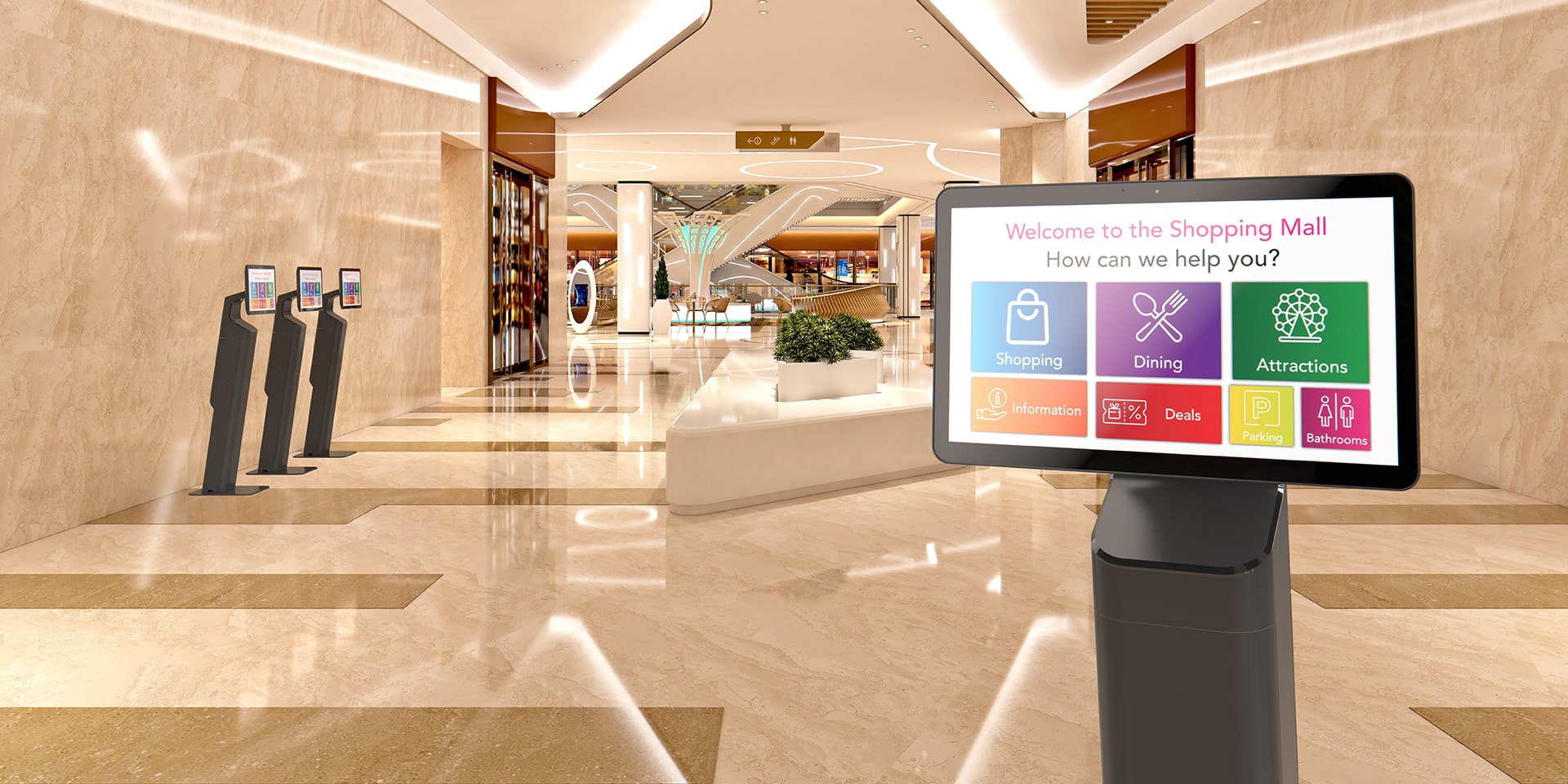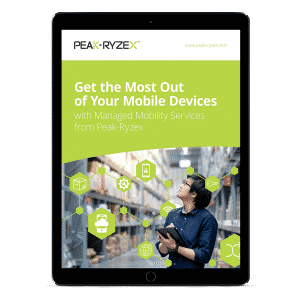Today’s supply chain needs to operate at or better than the speed of business – which means any downtime can be a fatal flaw in being able to deliver on your customer commitments. The task of overseeing, maintaining, and updating mobile devices can place a serious burden on IT teams, keeping them from being able to focus on any other areas of the business.
Organizations are turning to Managed Mobility Service (MMS) providers to tighten their mobile strategies and ensure that their mobile technology is performing as needed.
Mobile devices are critical to keeping operations running at an optimal level, so it’s important to deploy the latest best practices and security solutions based on your organization’s needs.
Keep reading to discover best practices for managing mobile devices.
Mobile Device Management Best Practices
Does your IT team have the time necessary to focus on where they need to be? Do they have the expertise and ability to stay on top of emerging mobile technology and security trends? Consider these MDM best practices when reviewing your mobile strategy.
Establish and Enforce Policies
Your mobile strategy needs to have a solid policy framework to protect you, your employees, and your customers. You can strengthen your policies by tailoring them directly to your business needs. Help tools, online self-enrollment, procurement, acceptance, and training should be things you consider as you outline how your employees will use the mobile devices they need to do their everyday job responsibilities.
Should they be allowed to use apps other than those required for their job function? What if a device goes missing – how will your organization protect the data accessible on that device? Do you need to track user’s productivity or location? Policies should be established around acceptable use and intellectual property ownership of the devices and their data.
When forming effective policies, the following process is helpful to go through:
- Step 1: Create a policy development team
- Step 2: Evaluate your current policies (Are they working? Do they need to be improved?)
- Step 3: Educate mobile users
- Step 4: Monitor and enforce policies
- Step 5: Regularly update policies to keep in line with company needs and changes to technology and security
Setting guidelines for the acceptable use of devices early in an MMS program is a critical best practice for managing mobile devices. By doing this, you’re letting the enterprise know who, what, and in what nature devices can and can’t be used. If your business adheres to specific guidelines (HIPAA, FINRA, and others), they will form the basis for many acceptable use policies. A further best practice for managing mobile devices is including guidance for SMS/texting and hands-free usage while driving to promote safety.
Simplify Your Mobile Technology Ecosystem
Procurement of devices. Deployment of devices. Management of devices. To get the full benefits of mobile technology, you need to master all three. A proper business or enterprise mobility strategy will cover a full spectrum of devices end-users are leveraging and the apps and software they need to run on those devices, along with what to do if those devices do not work.
You’ll need to keep the devices up to date and working as needed, when needed. An approach to consider is having one point of contact that can stage the devices so they’re ready to work out of the box, then keep it in working-ready condition by making the necessary software or app upgrades remotely as needed.
Ensure Your Mobile Devices and End-Users Aren’t Creating Security Threats for Your Organization
Perhaps one of the more obvious best practices for managing mobile devices: preventing and managing security risks. Mobile devices are one of the most vulnerable assets in a company’s infrastructure. MMS programs safeguard an enterprise and its sensitive data and information while still keeping devices user-friendly and appealing. Optimizing MMS programs will address mobile device security in a four-pronged approach.
Containerization
Containerization protects corporate data and apps by partitioning personal data and work data on the device. Company security policies are enforced in the corporate area of the device, requiring strong passwords to access. Business email can’t be forwarded using a personal email account, and company data can’t be copied to the personal section of the device.
Encryption
Encryption covers data transmitted to and from the device, as well as data stored on the device. Data transferred between the device and the corporate network should always be encrypted. Data stored on the device should be encrypted via hardware and/or software-based encryption, depending on the device type.
Authentication
MMS providers can help deploy protocols for strong passwords. They will also support two-factor authentication for an additional layer of security.
Virus/Malware Protection & Remote Management
MMS software should be centrally and remotely managed to protect companies against virus and malware attacks. This encompasses the distribution of a mobile security app, monitoring threats, and running remote scans. A managed services provider can work alone or with your IT department to proactively fight any potential attacks with various security measures, such as blocking email access. Through remote locks and data wipes, IT administrators can disable a device and potentially erase all data on it if it’s lost or stolen.
Services for a Device’s End-of-Life
It’s important to consider what will happen to out-of-use devices. Providers following mobile device management best practices will ensure data is removed and devices are sanitized according to industry-recognized standards. Any non-working devices should be recycled according to specific standards.
Outstanding Help Desk & Support
Let’s face it — end-users will need help with their devices, which can take a toll on internal IT teams. Help Desk and Support services should be a part of a solid MMS program to address this issue. The best MMS providers have dedicated teams to help companies address their needs. Having these outsourced experts to address issues with device functionality will help save you time and increase efficiencies. Claims MMS providers make regarding their service teams should be backed up with service level agreements (SLAs) in relation to help desk response time and availability.
Improve Your Mobile Strategy
By following these best practices for managing mobile devices, you’ll be able to leverage all of the benefits of mobile technology while reducing risks, potential glitches, and negative impacts on your mobile workforce’s ability to complete their jobs effectively. A good strategy will leverage mobile expertise to ensure everything is in place to optimize your mobile workforce without completely tying up your internal IT resources.
For more to consider when exploring Managed Services, read our Managed Services eBook or contact our team of experts today about our MDM solutions.









